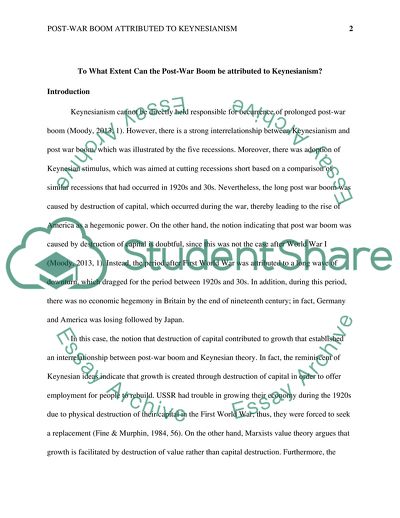Cite this document
(To what extent can the post-war boom be attributed to Keynesianism Essay - 2, n.d.)
To what extent can the post-war boom be attributed to Keynesianism Essay - 2. https://studentshare.org/macro-microeconomics/1794580-to-what-extent-can-the-post-war-boom-be-attributed-to-keynesianism
To what extent can the post-war boom be attributed to Keynesianism Essay - 2. https://studentshare.org/macro-microeconomics/1794580-to-what-extent-can-the-post-war-boom-be-attributed-to-keynesianism
(To What Extent Can the Post-War Boom Be Attributed to Keynesianism Essay - 2)
To What Extent Can the Post-War Boom Be Attributed to Keynesianism Essay - 2. https://studentshare.org/macro-microeconomics/1794580-to-what-extent-can-the-post-war-boom-be-attributed-to-keynesianism.
To What Extent Can the Post-War Boom Be Attributed to Keynesianism Essay - 2. https://studentshare.org/macro-microeconomics/1794580-to-what-extent-can-the-post-war-boom-be-attributed-to-keynesianism.
“To What Extent Can the Post-War Boom Be Attributed to Keynesianism Essay - 2”. https://studentshare.org/macro-microeconomics/1794580-to-what-extent-can-the-post-war-boom-be-attributed-to-keynesianism.


